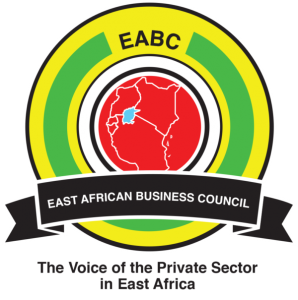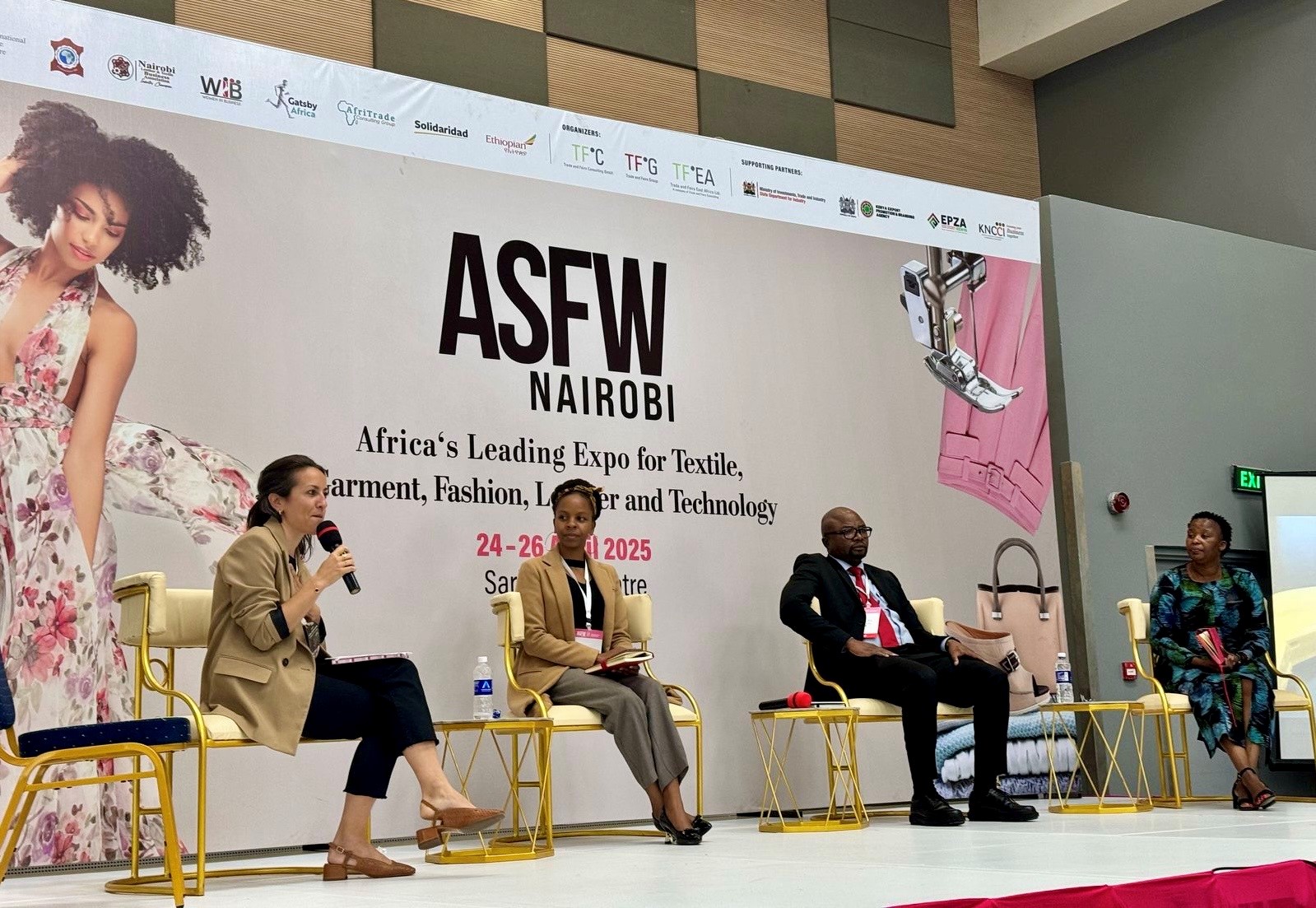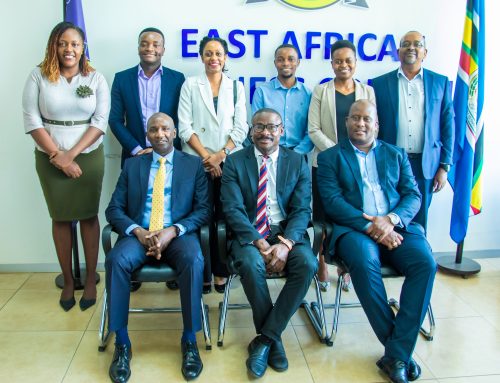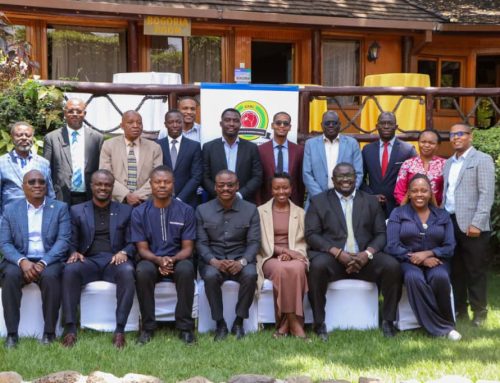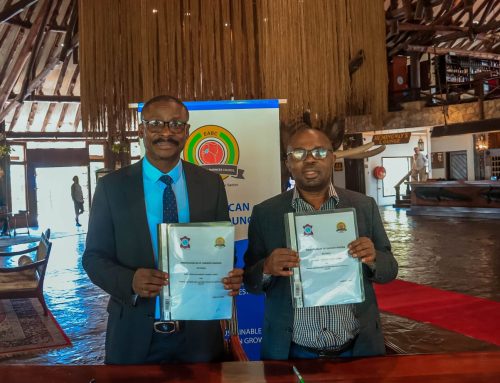Nairobi, 25 April 2025: Speaking during the Africa Sourcing and Fashion Week (ASFW) 2025 held in Nairobi, Kenya, Mr. Adrian Njau, Ag. Executive Director, EABC emphasized the critical need to create a conducive business regulatory and policy environment to foster the leather sector and strengthen structured dialogues in the region.
The Seventeen (17) leather footwear and accessories manufacturers and tanneries from Kenya, Rwanda, South Sudan and Tanzania exhibited at the Africa Sourcing and Fashion Week (ASFW) 2025.
As part of the European Union (EU)-funded EU–East African Community (EAC) MARKUP II programme, the International Trade Centre (ITC) facilitated the participation of these leather businesses specializing in footwear and accessories from Tanzania, Kenya, Uganda, and South Sudan. This initiative created new business opportunities and significantly boosted international visibility for East Africa’s leather sector.
On the sidelines, ITC also hosted a high-level panel discussion titled “The Future of East Africa’s Regional Leather Industry: Exploring the Challenges and Opportunities.” in partnership with the African Leather and Leather Products Institute (ALLPI).
The panel brought together industry experts, policymakers, and business leaders to address key challenges facing the sector, including limited value addition, infrastructure deficits, and environmental sustainability.
Jimmy Odhiambo, the current EAC Chair, Ministry of Investments, Trade, and Industry Kenya in his opening remarks said : “This forum is instrumental in highlighting the vital role that leather associations can play in creating a more creative, inclusive and competitive industry. Associations are the connective tissue of the value-chain. They amplify voices, foster collaboration and create pathways to scale.“
Angela Becaty, ITC Regional Coordinator for the EU-EAC MARKUP II programme, said: “The demand for footwear is growing in the EAC. If we could fill the gaps in demand through locally produced leather footwear, there is a potential to create hundreds of thousands of jobs.
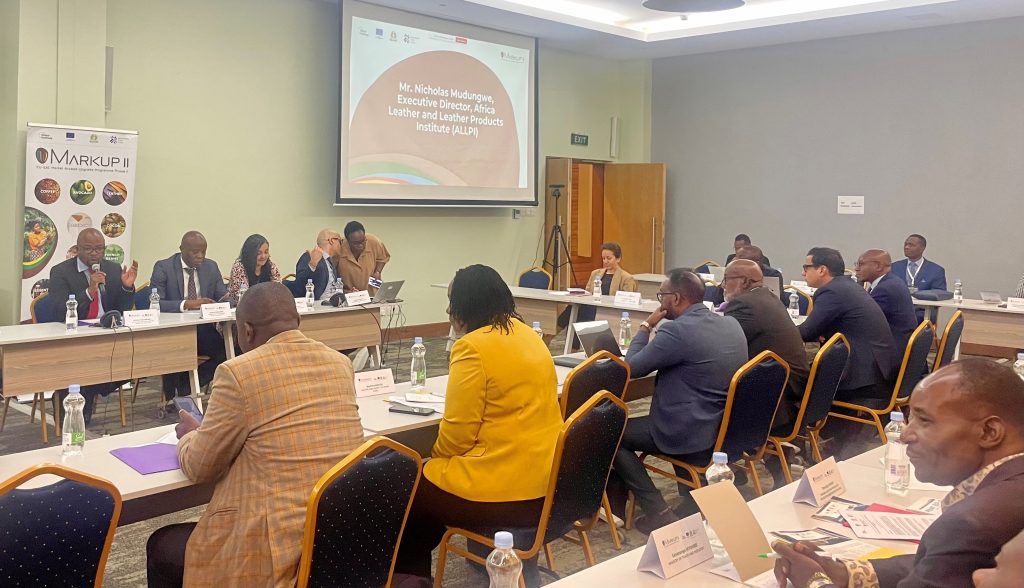 ITC reaffirms its strong commitment to the EAC Secretariat and all our Partner States. With support from the EU, through MARKUP II, we’re here to support capacity building, policy alignment, and improved access to regional and international markets.
ITC reaffirms its strong commitment to the EAC Secretariat and all our Partner States. With support from the EU, through MARKUP II, we’re here to support capacity building, policy alignment, and improved access to regional and international markets.
The 2025, edition went beyond EAC countries to include a broader audience from ALLPI member states, making the exchange experience even more enriching and technically robust.
About East Africa’s leather sector
 East Africa’s leather sector hosts 74.7 million cattle across Kenya, Tanzania, Uganda, Rwanda, Burundi and South Sudan. It has the potential to contribute to the region’s industrial, social and economic growth. Just about 10% of this resource is exported in processed form with over 90% of trade in leather in the region is in the form of raw and semi-processed hides and skins.
East Africa’s leather sector hosts 74.7 million cattle across Kenya, Tanzania, Uganda, Rwanda, Burundi and South Sudan. It has the potential to contribute to the region’s industrial, social and economic growth. Just about 10% of this resource is exported in processed form with over 90% of trade in leather in the region is in the form of raw and semi-processed hides and skins.
This presents huge potential for value addition, capacity building and establishment of policies that encourage investment in value-added products, diversification of the sector’s export base to create jobs and reduce poverty.
EAC countries are traditionally competitive in the production of hides and skins, allowing them to connect to several leather-based value chains that could feed into garment or automotive supply production at the continental level. EAC region can take the opportunity of the Africa Continental Free Trade Area (AfCFTA) to a market of 1.2 billion people. Demand for footwear in the continent is estimated at 880 million pairs annually.
Main issues regarding leather sector:
- Leather is a highly polluting industry.
- Few added value and transformation take place in EAC.
- Leather is not perceived and understood as a cattle/meat and dairy by-product.
About EU-EAC MARKUP II
The European Union (EU)- East African Community (EAC) MARKUP II funded by the EU, aims to enhance economic development in the EAC through sustainable intra-African and EU-Africa trade.
Focused on improving livelihoods, employment, and export competitiveness for MSMEs, the programme supports the development of key export-oriented value chains as well institutional support in the six MARKUP II EAC recipient partner countries. EU-EAC MARKUP II is promoting exports and investment through addressing trade barriers, value addition, quality compliance, trade facilitation and technology transfer.
EU-EAC MARKUP II is implemented by the International Trade Centre in collaboration with the EAC Secretariat and national partners in the recipient countries.
